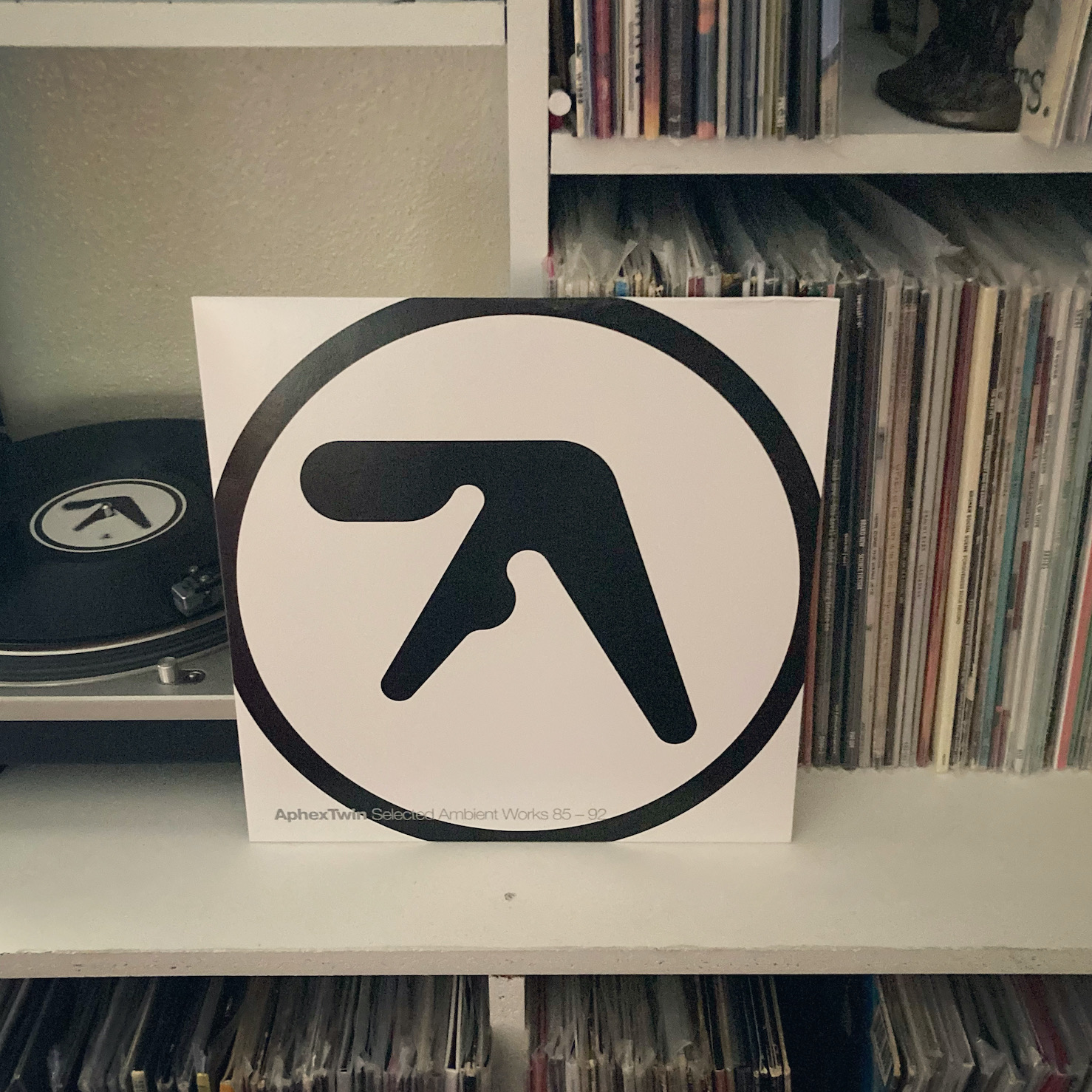 Years ago, I purchased Selected Ambient Works, Vol 2. My attempts at listening to the monstrous triple-disc collection of untitled tracks proved fruitless. I eventually sold it, and when I transferred the blog from Tumblr to a standalone site, the original post didn’t even make it over.
Years ago, I purchased Selected Ambient Works, Vol 2. My attempts at listening to the monstrous triple-disc collection of untitled tracks proved fruitless. I eventually sold it, and when I transferred the blog from Tumblr to a standalone site, the original post didn’t even make it over.
As it turns out, I thought I was buying this one.
I had always meant to fix that in the back of my mind, but never got around to it. But when my podcast cohost brought this album up in a conversation about avant-garde and experimental music, I decided to correct my error.
From a young age, Richard D. James was fascinated with electronics and synthesizers. At age 11, he modified a ZX81 computer to create sound and began creating music with that machine and a sequencer. Shortly after, he started taking apart synthesizers and modifying them as he put them back together, uncovering new sounds and textures with each version. According to James, he began working on ambient music soon after. That certainly tracks with the timeline: he would have been thirteen for most of 1985, which is when he claims to have recorded the billowing, Eno-esque “i.”
As the years went on, he DJ’d at local clubs and studied electrical engineering at university. Both of these experiences would inform his musical output, which retains much of the techno beats of the dance club but swirls them around in a haze of dubby basslines and atmospheric synth textures.
Almost thirty years since its release—and almost four decades since some of these songs were written—it’s easy to miss out on the context of what makes this record so notable. Many of the tracks sound positively dated (I put it on and my wife asked, “why are we in a nightclub in 1995?”). And while it certainly resembles the dated 80s and 90s techno and house that James was influenced by at the time, it also points quite clearly to the change that it would bring to electronic music. After all, this album is considered by many to be the starting point of IDM, which destroyed any notion that electronic music is nothing more than vapid dance music.
From the cloud-like chords of “Xtal” to the liquid bassline and stuttering synths of “We are the Music Makers” these tracks all ride the line between the party and your headphones—though some of those parties might be a little weird. The most forward-facing of the tracks though is the nine-minute “Tha,” which still sounds contemporary with its persistent click of a kick drum, the heavenly pads, wobbling bass, and shapeshifting textures.
Electronic music has had an evolutionary process of its own over the last three decades. Besides infiltrating rock and pop, it’s also split into its own hundreds of microgenres and subscenes. And for many of those artists pushing electronic music into new places, SAW85-92 was an important influence. It is at once a snapshot of the musical landscape from which it came and a bold declaration of how that landscape might be terraformed.